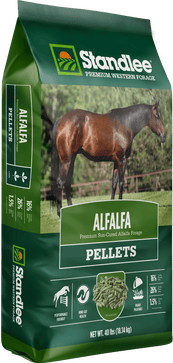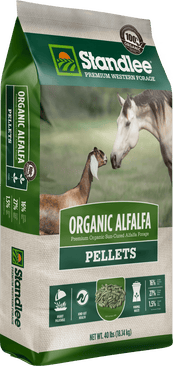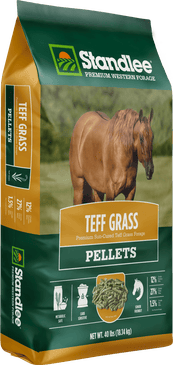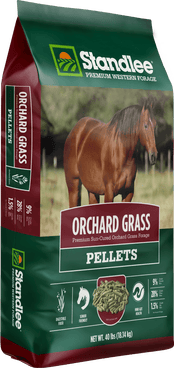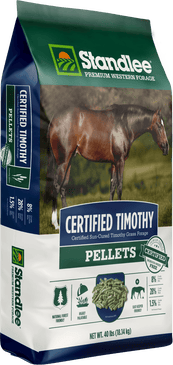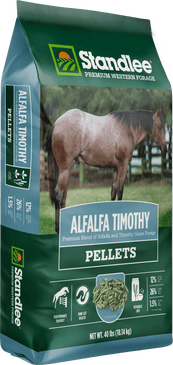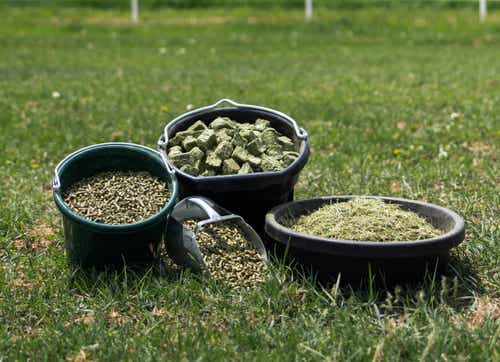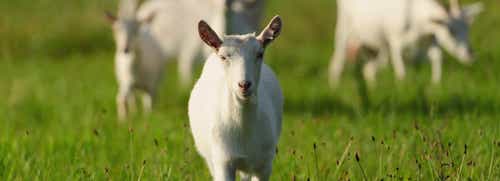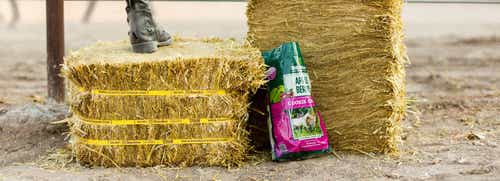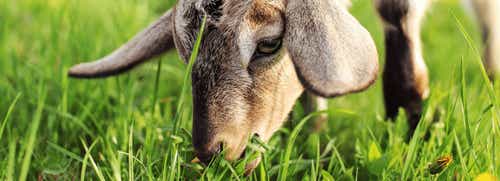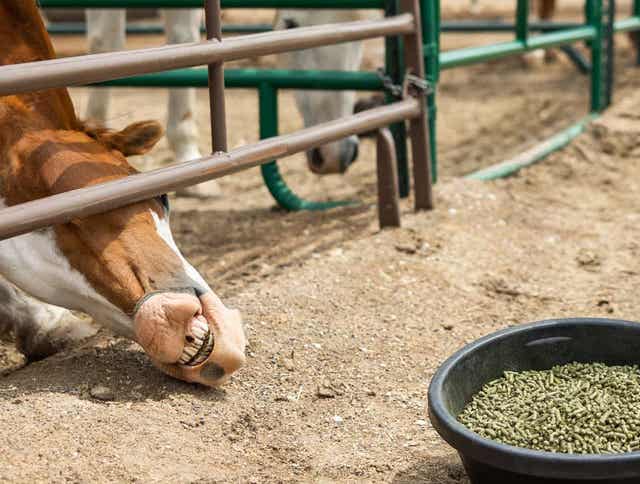
Feeding Hay Pellets for Horses: Nutritious and Convenient
Welcome to the ultimate guide on hay pellets for horses! If you're seeking a high-quality, convenient feed option for your equine companions, hay pellets for horses are an excellent choice. At Standlee Forage, we pride ourselves on providing top-tier hay pellets tailored to meet the nutritional needs of horses and livestock. Crafted from the finest hay, our pellets ensure your horses receive high-quality nutrition all year long.
In this guide, we’ll explore the benefits of hay pellets, how Standlee Forage produces them, a feeding guide to ensure optimal nutrition, and answers to frequently asked questions. Let's dive in and review the advantages of hay pellets for horses and how they can benefit your beloved equines!
Why Choose Hay Pellets for Your Horses
Hay pellets are a great choice for feeding your horse and provides numerous benefits and convenience for horse owners.
Hay pellets are highly nutritious, as they offer nutrient-packed, high-quality hay that is preserved at its best state. Our hay pellets are packed with essential vitamins, minerals, and fiber necessary for maintaining overall health and well-being.
One of the significant advantages of hay pellets is the convenience they offer. Unlike traditional hay bales, hay pellets are compact and easy to handle, they are easy to store. They also have a longer shelf life, ensuring a fresh and reliable food source for your horses at all times.
How Standlee Forage Makes Hay Pellets
Standlee is grown for quality
At Standlee Forage, we take great pride in the quality and production of our forage for our hay pellets and other forage-based products. We understand the importance of providing the best nutrition for horses, and that begins with growing high-quality crops.
The Standlee Difference starts in the fields where our farm managers are extensively involved with the process, ensuring all quality standards are met from the start. Once our premium western forage is baled and inspected, we take extra care that it stays that way by utilizing fully enclosed tarps, protecting the forage from the start. Throughout Standlee Premium Western Forage's processing lifecycle, quality testing is performed to ensure our products meet or exceed expectations.
There are 6 signs of high-quality hay that we look for:
- High Leaf-to-Stem Ratio
- Small Diameter Stems
- Few Seed Heads or Blooms
- Fresh Smell and Appearance
- Cleanliness
- Hay Color
The Standlee Difference
Standlee Premium Western Forage believes that growing, processing and delivering premium western forage products begins with quality in the field. Standlee has a strong emphasis on hands-on management at each of our farms; our farm managers are deeply involved with all areas of production. Since our managers are directly involved in our farming operations, our attention to detail and quality is unparalleled. We continue to appreciate the tried-and-true tradition that farming is a family business.
Standlee operates five farms totaling nearly 22,000 acres and harvests an additional 13,000 acres. Farming this vast number of acres allows Standlee Premium Western Forage to rotate crops to help keep our forage the highest quality on the market. Standlee cultivates a wide variety of forages, including Alfalfa, Timothy Grass, Teff Grass, Orchard Grass, and Alfalfa/Grass mixed fields. We also farm other crops such as corn, potatoes, and wheat to help keep our soil prime for forage.
When you purchase any Standlee product, your valued animal is receiving the highest quality forage that consistently delivers the greatest nutritional benefit!
Feeding Guide for Hay Pellets
When it comes to providing your horses with the best nutrition, hay pellets are an excellent option. They are convenient to store and feed, and they offer a balanced diet for your equine friends. Here’s a helpful feeding guide to ensure your horses get the most out of their hay pellet diet.
Recommended daily feeding amounts for different horse sizes:
Forage is the most important component of a horse's diet. The amount of hay your horse needs depends on their size and activity level. As a general guideline, hay products should be fed at a rate of 1.5-2.5% of a horse's body weight. For larger horses or those in heavier work, you may need to adjust the amount accordingly.
Introducing hay pellets into a horse’s diet:
When introducing hay pellets into your horse’s diet, it’s important to do so gradually. Gradually replace existing hay with Standlee over a seven to fourteen (7-14) day period. This allows their digestive system to adjust and prevents any digestive upsets.
Combining hay pellets with other forage options:
While hay pellets for horses can provide a complete source of nutrition, it’s beneficial to offer your horses other forage options. This can include fresh pasture, long-stem hay, or forage cubes. Providing a variety of forage options satisfies their natural grazing instincts and ensures a well-rounded diet.
Frequently Asked Questions about Hay Pellets
Are hay pellets suitable for horses with dietary restrictions?
Yes, hay pellets for horses are suitable for horses with dietary restrictions. They provide a convenient and consistent source of nutrition, making it easier to manage a horse’s dietary needs. Standlee hay pellets are made from high-quality forage, ensuring they meet the nutritional requirements of horses. They are also free from common allergens, such as dust and mold, making them a safe option for horses with respiratory or digestive sensitivities. To determine the best hay type for your horse, consult with your veterinarian.
How long do hay pellets stay fresh?
Hay pellets have a long shelf life and can stay fresh for an extended period. When stored properly in a cool, dry place, hay pellets can maintain their quality for a significant amount of time. It is essential to keep them protected from moisture, as excessive moisture can lead to spoilage. By following proper storage guidelines, you can ensure that your hay pellets for horses remain fresh and nutritious for your horses.
Can hay pellets replace traditional hay entirely?
While hay pellets can be a valuable addition to a horse’s diet, they are not typically meant to replace traditional hay entirely. Horses have a natural inclination to graze and consume long-stem forage, which provides important dental and digestive benefits. Hay pellets can serve as a supplement or an alternative for horses with limited access to pasture or those with specific dietary requirements. However, it is generally recommended to include some form of long-stem forage, such as hay or pasture, to support the horse’s overall health and well-being.

